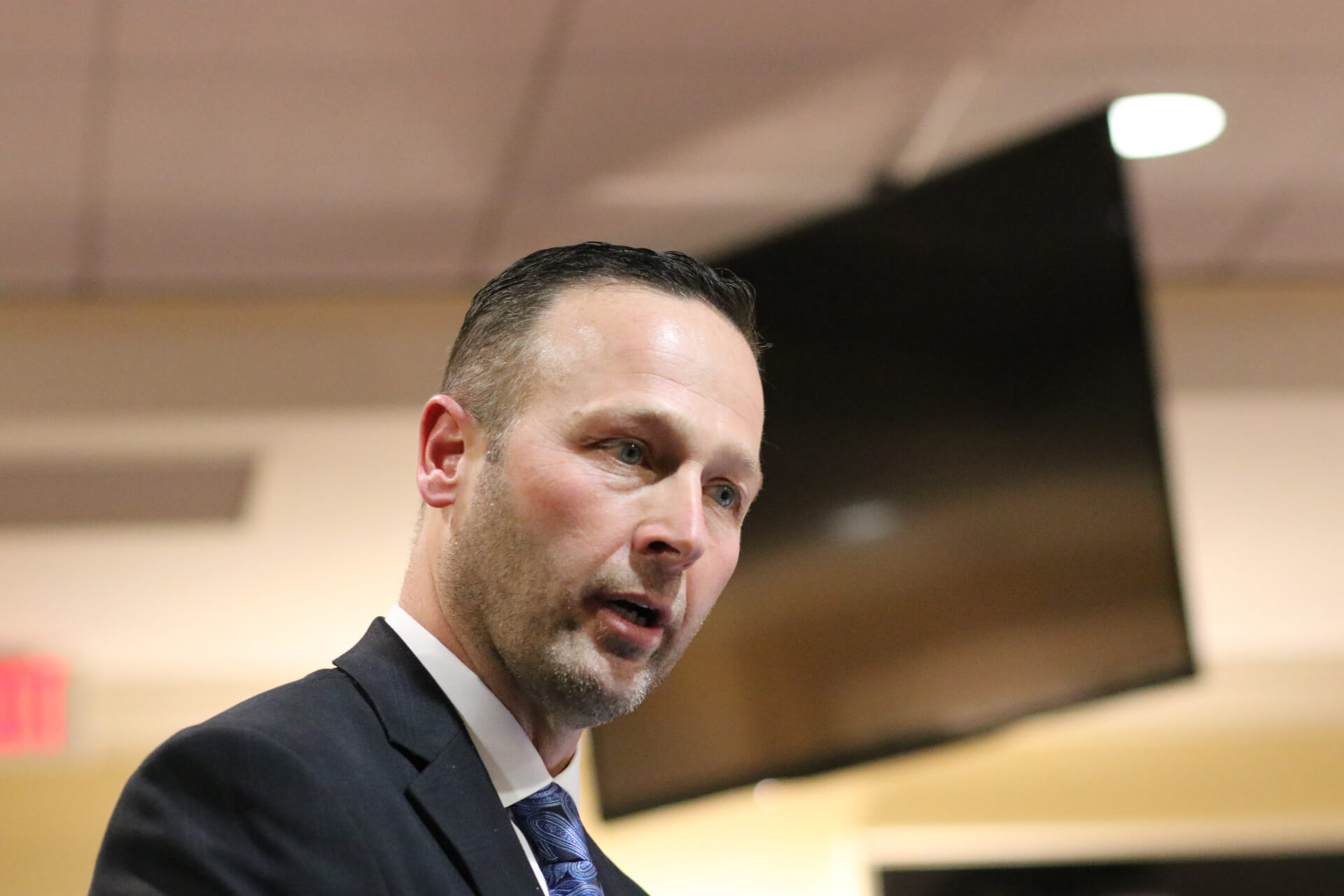State Girds for Dramatic Drop in Transportation Funding, Even With Federal Help

Federal stimulus funds have helped restore some of the revenue that Maryland’s transportation systems have lost to the COVID-19 pandemic, but not enough to make the state whole, the state’s transportation secretary said Wednesday.
In appearances before the Board of Public Works and a legislative subcommittee, Greg Slater said the state has received $479 million in federal CARES Act funds to offset drops in bus and subway revenue and air travel.
But the Maryland Department of Transportation is looking at a loss of approximately $550 million this fiscal year, and between $490 million and $560 million in FY 2021, which begins in July.
“We certainly have a little bit of a grim outlook right now,” he told the board.
MDOT is seeing revenue decline across the board:
- Fuel tax receipts and toll revenues are down because vehicle travel is off 40% from before the COVID-19 crisis hit
- Bus and rail farebox revenue are off $10 million per month because of a drop in transit use (rail systems have seen a reduction between 85% and 95%)
- Airport revenues are off substantially because air travel in March and April fell around 95%
- Sales tax revenue from car rentals has taken a hit due to the reduction in business and vacation travel
- The state is taking in less from cruise ships docking in Baltimore
- Motor vehicle sales tax and titling revenues are off
Only container activity at the Port of Baltimore is holding firm, Slater said.
“We have a significant short-term shock to the system,” said Del. Marc Korman (D-Montgomery), chairman of the House Appropriations Transportation and Environment subcommittee.
“It’s really unusual in the breadth of the impact,” he added. “Even the Great Recession didn’t see a short-term shock like this.”
Whether revenues will bounce back as Marylanders and visitors return to more normal travel patterns is unknown, Slater said.
There are widespread predictions that at least some of the people who are working from home now will do so after the health crisis eases, as employers grapple with office-space constraints and a new willingness to allow telework.
Subcommittee Vice Chair Carol L. Krimm (D-Frederick) suggested MDOT partner with the employers.
“Many people are now working from home, and it seems to be working well for a lot of businesses,” she said. “That would reduce traffic congestion if we could get those people off the road and maybe save us money in the long run by not having to build new infrastructure.”
While Slater told the BPW that his agency is “really mindful of the situation that we’re in now,” MDOT is moving forward with plans to widen portions of the Capital Beltway and Interstate 270, Gov. Lawrence J. Hogan Jr.’s top transportation priorities.
Slater told lawmakers that the future of telework has been a “huge topic in the transportation industry.”
“This pandemic somewhat showing people that you can have a productive environment in business,” he told the subcommittee’s meeting, held on Zoom. “I would argue that state government is working pretty well in a virtual environment.”
The steep drop-off in revenue makes it more important than ever that the state use its resources wisely, said Brian O’Malley, president of the Central Maryland Transportation Alliance.
“We’ve been neglecting our preventative maintenance,” he said in an interview. “Preventive maintenance on transit produces more jobs-per-dollar-spent than other modes, and in general, spending on maintenance creates more jobs than capacity expansion.”
Even before the coronavirus epidemic, the state’s system for funding transportation was under stress. An increase in vehicle fuel-efficiency and the growing popularity of hybrid and electric vehicles has impacted gas tax revenues, a key contributor to the Transportation Trust Fund.
This week the state’s congressional delegate announced that WMATA, the agency that runs the Washington, D.C., region’s bus and rail network, will receive $876 million through the CARES Act.
Of that total, $41.1 million will be distributed to Montgomery and Prince George’s County to offset lost revenue in local transit service.
Danielle E. Gaines contributed to this report.




 Creative Commons Attribution
Creative Commons Attribution